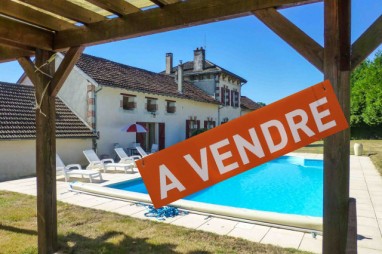
One of the pleasures of going to another country is to see how the wildlife varies from at home. This article https://theculturetrip.com/europe/france/articles/20-stunning-types-of-birds-youll-spot-in-provence/ for example picks out some of those you might see in Provence.
But as you are learning French, you’ll want to know how to say some of the birds that you might recognise from home. Here are a few you should definitely know:
duck is le canard – this is important because the French eat a lot of duck and have some great recipes
cockerel is le coq – le coq is often used as a French mascot, for example at rugby games. A well known French receipe is coq au vin.
lark is l’alouette which you might recognise from a popular French song.
owl is l’hibou which is a lovely sounding word
and finally, one which you’ll already know is the French for chicken which is le poule.
For a full list of vocabulary of popular birds in French and English (you can register to test yourself and keep track of your progress) go to RapideFrench.com.





 entence.
entence.